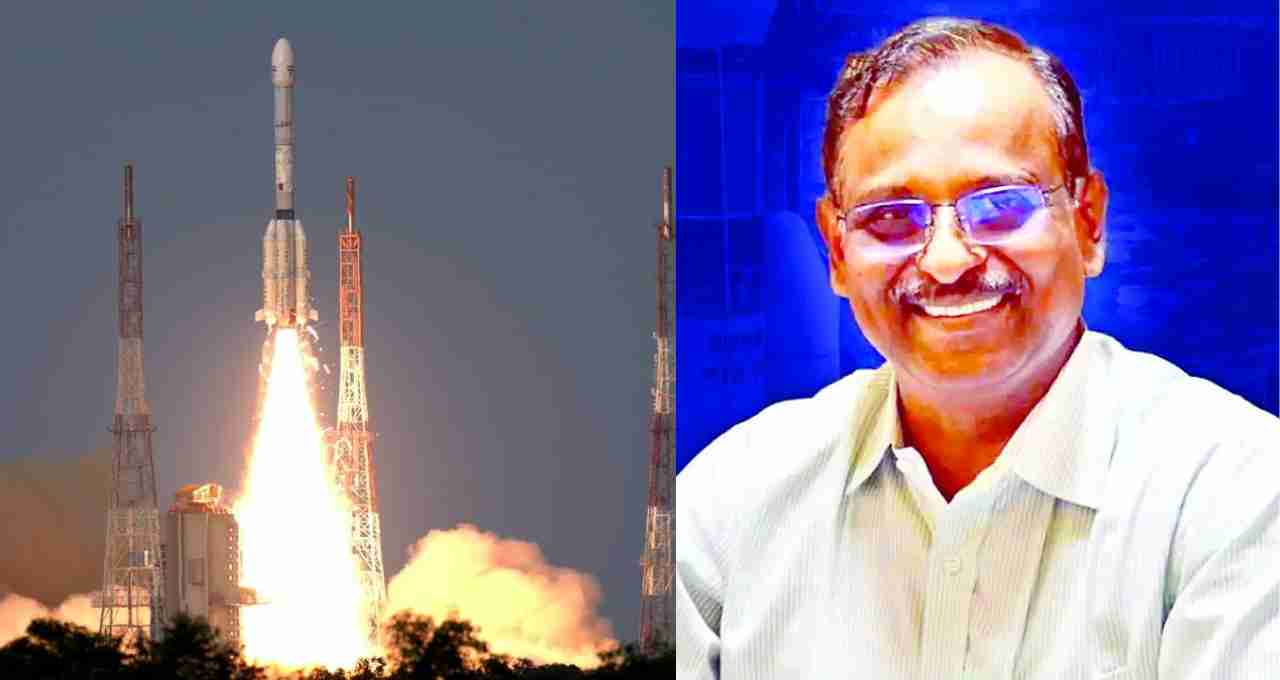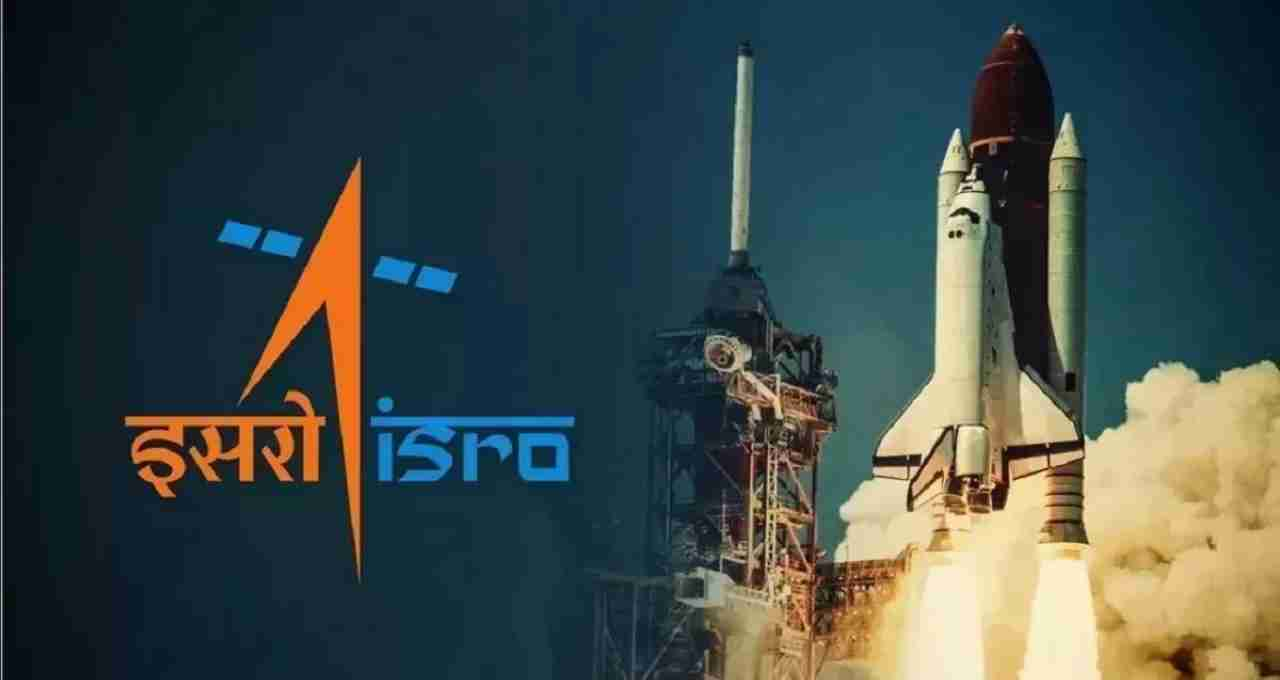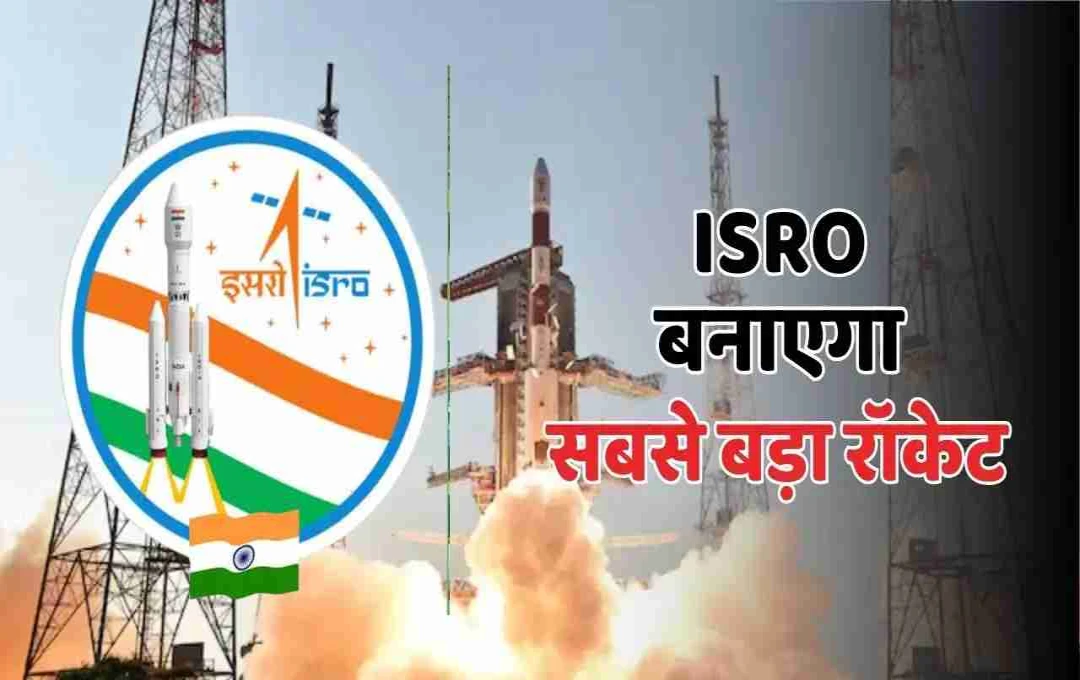India has taken another historic step in the field of space science. Indian Space Research Organisation (ISRO) Chairman V. Narayanan announced on Tuesday that ISRO is working on a new rocket that will be as tall as a 40-story building.
New Delhi: ISRO Chairman V. Narayanan made a major announcement on Tuesday, stating that the space agency is working on a massive rocket that will be approximately the height of a 40-story building. This rocket will be capable of placing approximately 75,000 kilograms (75 tons) of payload into Low Earth Orbit. According to reports, Low Earth Orbit is at an altitude of 600 to 900 kilometers above the Earth, where communication and observation satellites are typically placed.
V. Narayanan compared this new rocket to India's first rocket, which was built under the leadership of Dr. A.P.J. Abdul Kalam. He said, "India's first rocket weighed 17 tons and could carry only 35 kg of weight into Low Earth Orbit (LEO). Today, we are envisioning a rocket that can carry 75,000 kg of weight, which will be as tall as a 40-story building. This tells the story of our progress."
Why is this rocket special?

This new rocket will be a symbol of India's technological capability and self-reliance.
- 75-ton Load Capacity: This is a major achievement for any country, as carrying such a payload is an extremely complex and expensive task.
- Use of Indigenous Technology: ISRO is using completely indigenous technology in this rocket, which will strengthen India's self-reliance.
- Advantage in Global Competition: Like the space agencies of America and Europe, India will now also be able to establish heavy satellites and space stations.
- Strategic Strength: This rocket will play an important role in military communications, Earth observation, and navigation missions.
ISRO's Existing and Future Missions
India's ambitious rocket project has come at a time when ISRO is working on several major missions.

- NAVIC Satellite: India's indigenous navigation system, called 'Navigation with Indian Constellation' (NAVIC), is being further strengthened. This year, ISRO will launch the NAVIC satellite, which will make India's own GPS system even more effective.
- GSAT-7R Satellite: The GSAT-7R communication satellite, designed for the Indian Navy, will be launched soon. It will replace the existing GSAT-7 (Rukmini) and strengthen India's surveillance capabilities in the maritime domain.
- Technology Demonstration Satellite (TDS): This satellite will test new technologies for future missions. This experiment will take India towards more advanced and complex space projects.
- Launch of American Communication Satellite: This year, India's LVM3 rocket will launch the 6,500 kg Block-2 Bluebird satellite of the American company AST SpaceMobile. This satellite will be able to provide direct internet connection from space to smartphones around the world. This mission will further strengthen India's international credibility.
- Space Station Plan: V. Narayanan stated that India will build a 52-ton space station by 2035. Along with this, ISRO is also preparing for an orbiter mission to Venus.
ISRO is already working on the Next Generation Launch Vehicle (NGLV), in which the first stage will be reusable. The new 40-story rocket could prove to be another major leap in this direction. This will not only reduce the cost of space missions but also make India a major player in the global market for launch services.














